This is why historic Castlegate will be pivotal in Sheffield's post-pandemic future
and live on Freeview channel 276
Castlegate has been a quieter place since the Covid-19 outbreak worsened, save for the movements of key workers’ bus services and visitors to the essential shops that have stayed open.
The Kommune food hall, in the former Co-op department store on Angel Street that is now home to the Kollider ‘digital tech hub’, remains shut to comply with social distancing rules, the National Videogame Museum has been closed to the public and even activity at the magistrates’ court has been curtailed.
Advertisement
Hide AdAdvertisement
Hide AdMeanwhile the vast space cleared when the old Castle Market was knocked down has lain dormant, waiting for a consultation to begin that will decide its future.
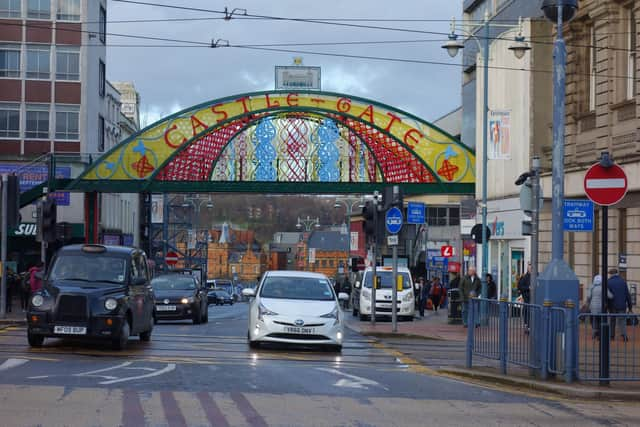

And it is in this spot that Sheffield first got its name, at the Sheaf Field – the site where the Rivers Don and Sheaf meet.
A two-month archaeological dig here in 2018, made possible after the city’s indoor market moved to The Moor, uncovered evidence of around 1,000 years of constant activity in the city centre by focusing on the ruins of Sheffield Castle.
Many finds, including medieval pottery, tiles and even an ancient 'ear scoop', were recovered from 11 deep trenches, while boreholes were created to take samples from the earth.
Advertisement
Hide AdAdvertisement
Hide AdThe excavation was paid for through a £786,000 package of 'kickstart funding' from Sheffield Council, which wants to revive the wider Castlegate area by making it more attractive, modern and vibrant, incorporating what is left of the city's medieval past, much of which was lost to industry in the 19th and 20th centuries.
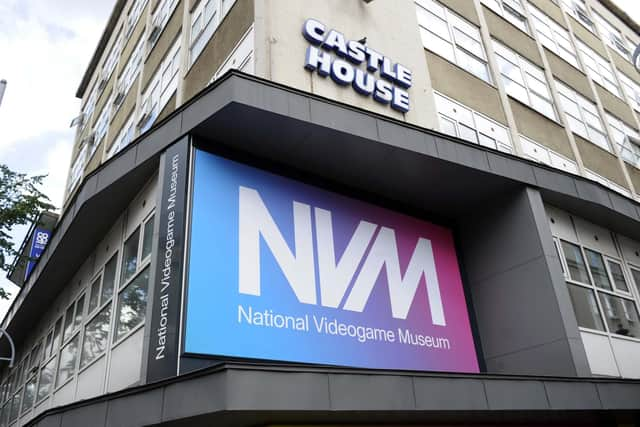

The castle, where Mary Queen of Scots was imprisoned for more than a decade, fell during the Civil War when it came under siege from 1,200 Parliamentary troops.
After the fortress was demolished, part of the site became a pleasant bowling green in the 18th century, and an area was used for public speaking and demonstrations.
The site’s heritage and history was the focus of a plan launched last November by the Friends of Sheffield Castle, who envisage creating a landmark attraction on the empty land combining reconstructed, illuminated ruins with bars, restaurants, a hotel, a riverside park and a large outdoor arts venue.
Advertisement
Hide AdAdvertisement
Hide AdThe blueprint suggests the castle's gatehouse could be rebuilt, forming a focal point for an area displaying the best of the fortress' remains.
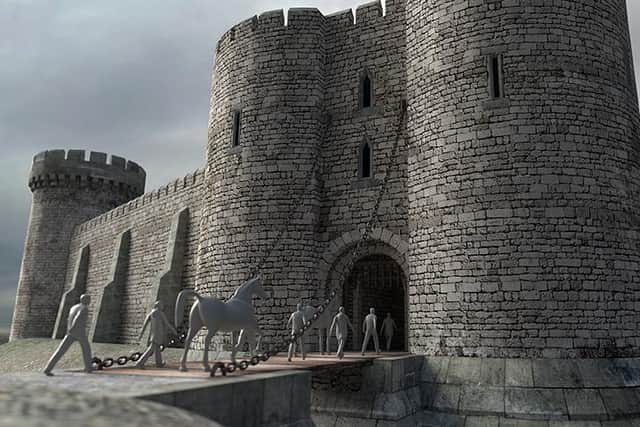

An elevated walkway would be put up across the site, giving visitors the chance to peer at ruins that are below the current ground level, while a heritage visitor centre would tell the story of the former castle and Sheffield's beginnings.
Offices and homes are proposed along the site's boundaries, as well as cafés and craft shops, all with the aim of attracting more people.
The Friends think the scheme could have wider benefits, complementing the Heart of the City II development and the revamp of The Moor, and providing a much-needed link to Victoria Quays at the end of the Sheffield & Tinsley Canal.
Advertisement
Hide AdAdvertisement
Hide AdThe ideas link with the council’s ambitions – surrounding roads in Castlegate are being brightened up with plants, flowers and grasses and made more cycle-friendly as part of the authority’s £5 million Grey to Green project. This will connect to a massive £1.5 billion plan to transform the area around the railway station, billed as Sheffield’s most expensive development ever.
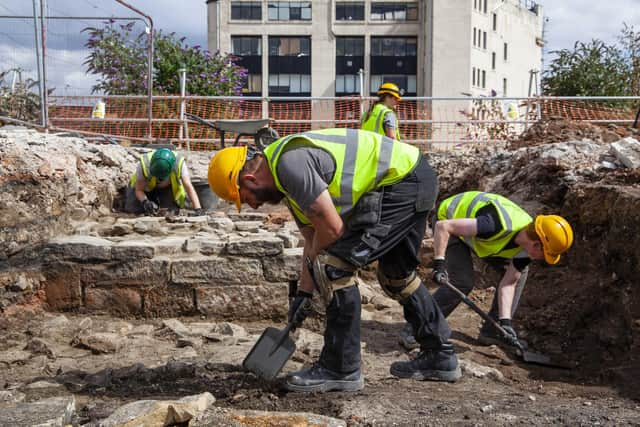

The council also wants to open up the River Sheaf on the former market site to create a 'pocket park', called Sheaf Field in a nod to the city’s origins.
“With the river, good transport links and historic ruins, Castlegate has all of the ingredients needed to once again be one of the most exciting places to live, work and visit in the city,” said Alexis Krachai, chief executive of the Sheffield Property Association, earlier this year.
Certain sectors have asked for support to safeguard their return when Government restrictions are relaxed further. Kommune has been looking for feedback on social media to gauge how it should cater to customers in future, while the videogame museum – the only permanent attraction of its kind in Britain – has raised more than £150,000 to stave off the threat of shutting completely.
Advertisement
Hide AdAdvertisement
Hide AdThe museum, which attracted 40,000 visitors in 2019, pre-empted the lockdown by stopping admissions on March 16, having realised that its very nature – a venue filled with consoles and buttons touched by different people all day – made it vulnerable. Many staff have been furloughed.
“You haven't got to be an epidemiologist to work out that we're one of the higher risk spaces," Iain Simons, the NVM’s director of culture, told technology blog Engadget in April, while emphasising that a comeback is achievable.
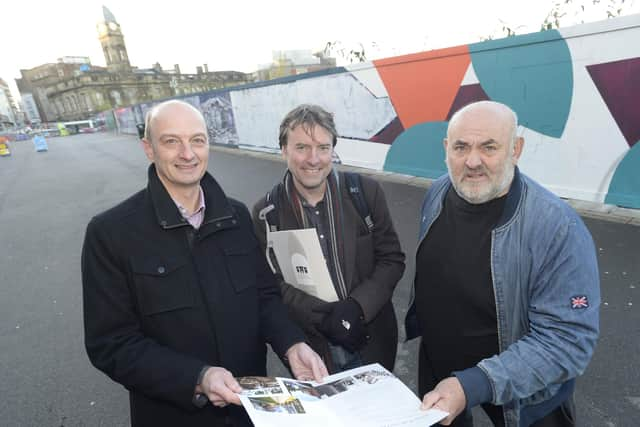

“We're all going to go back outside. I guess I really want to make sure we're there with new ideas and new ways to welcome people when we get to that."
There are further reasons for positivity. On Blonk Street, upmarket office block One North Bank has attracted new tenants, and demand is consistently high for artists’ rooms at Yorkshire Artspace’s Exchange Place Studios, in the impressive Art Deco building on Exchange Street previously used as offices for SYPTE.
Advertisement
Hide AdAdvertisement
Hide AdThe former Cannon pub, Davy’s Cafe and Cash Generator shop are to become flats, close to one of the most long-awaited schemes in Sheffield – the conversion of the dilapidated, Grade II-listed Old Town Hall into hotel rooms, apartments, bars, shops and workspaces.
Even the ‘Welcome to Castlegate’ bridge at the top of Haymarket received a fresh lick of paint before lockdown began.
“The area around Castlegate is one of the most significant regeneration opportunities in the North of England,” said Alexis.